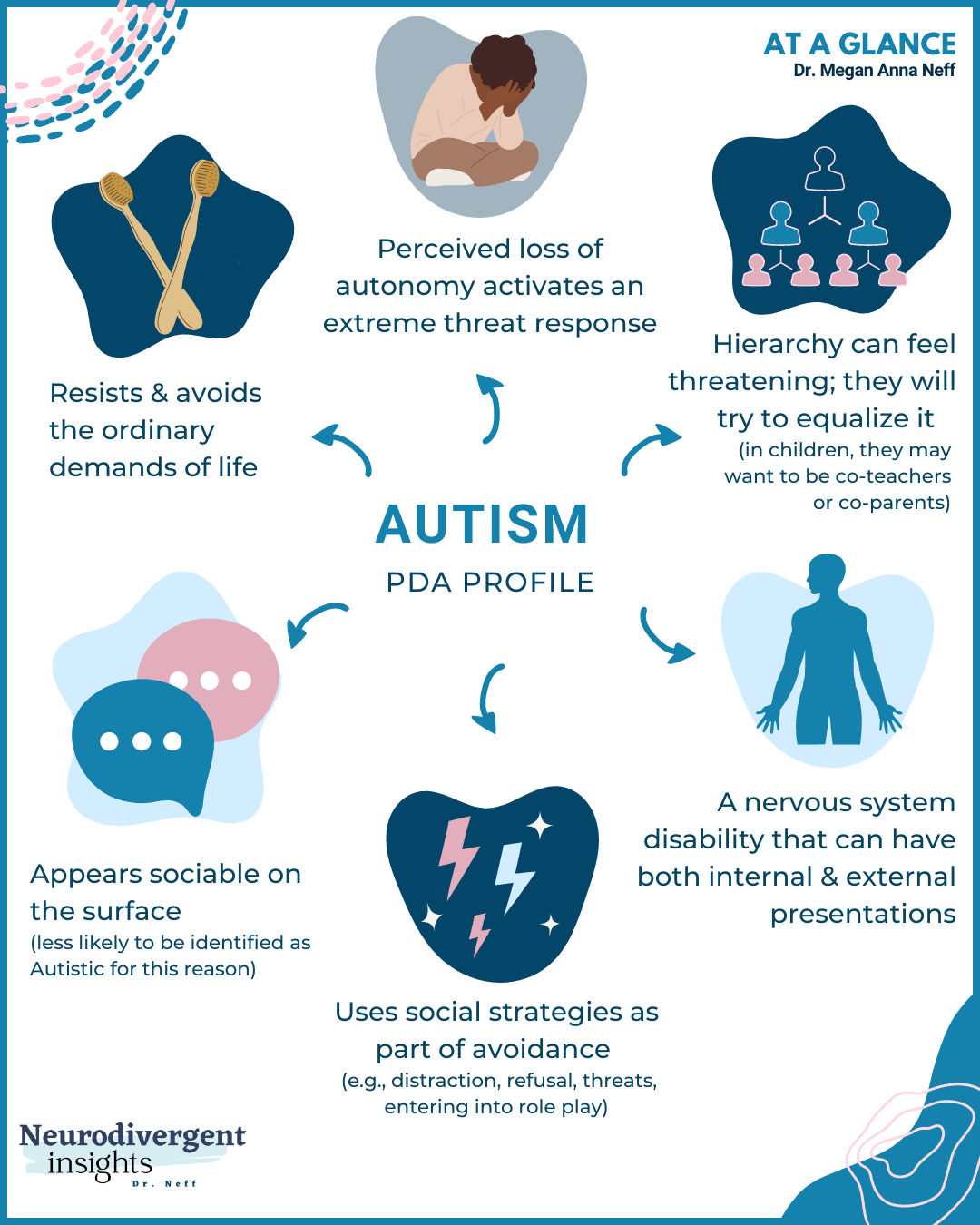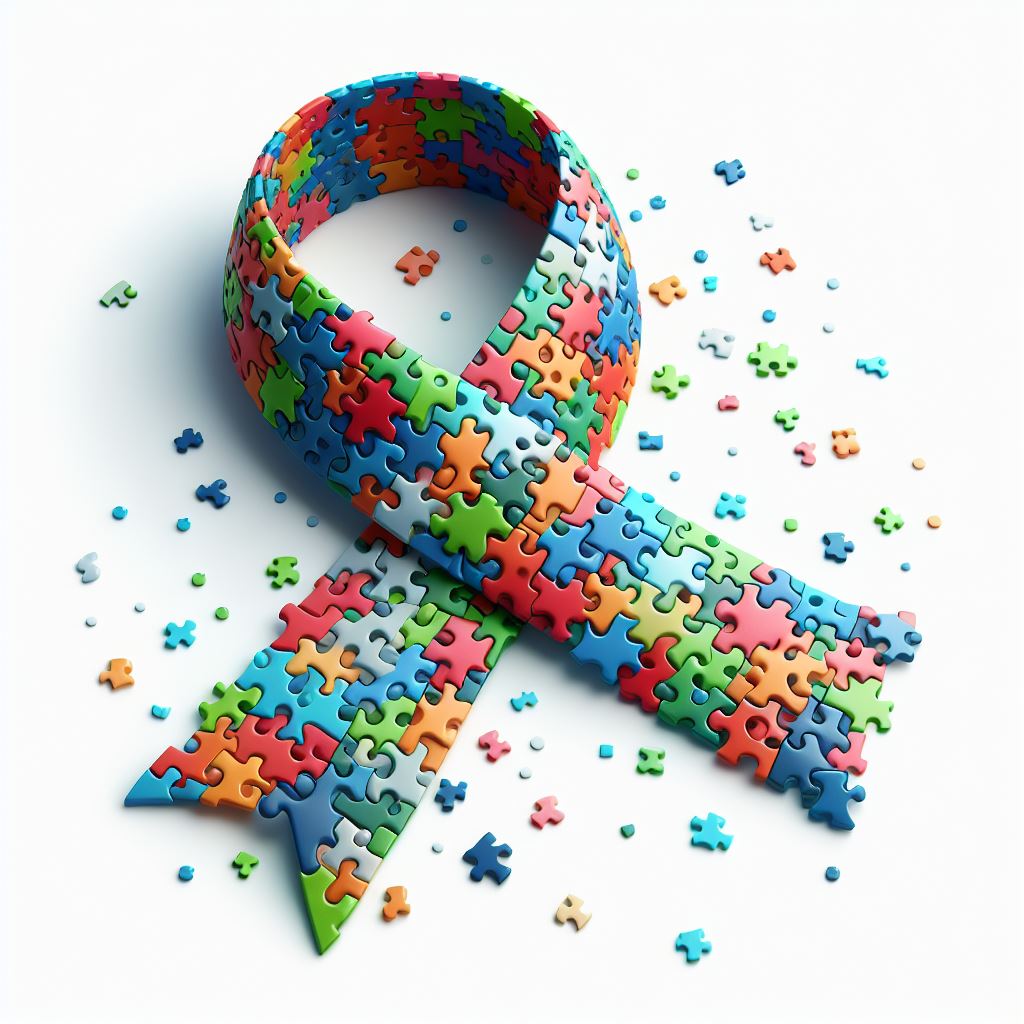Autism and Sensory Processing: Checking Out the Connection and Its Effects
Autism and Sensory Processing: Checking Out the Connection and Its Effects
Blog Article
Recognizing Autism: A Comprehensive Overview to Signs and indications
Autism Range Disorder (ASD) encompasses a large range of qualities that can significantly affect a person's social interactions and daily functioning. Acknowledging the symptoms and signs, such as challenges with eye call, social communication problems, and sensory level of sensitivities, is essential for early treatment. Recognizing these nuances not just help caregivers and instructors in supplying ideal support yet additionally fosters a much more inclusive environment for individuals with ASD. As we discover the complexities of autism, it becomes important to take into consideration how these indicators show up differently throughout the spectrum and what ramifications they hold for efficient treatment techniques.
Review of Autism Range Problem
Defining Autism Range Condition (ASD) includes identifying it as a complicated neurodevelopmental problem defined by a series of obstacles in social interaction, communication, and behavioral patterns. The term "spectrum" reflects the large irregularity in symptoms and their severity, which can differ considerably from one person to one more. ASD generally shows up in very early youth, although some people might not get a diagnosis till later in life.
Factors influencing the development of ASD include ecological factors and hereditary predispositions, although the precise causes remain under examination. Diagnosis often relies on behavioral assessments, as there are no definitive clinical tests for ASD. Early intervention is essential and can dramatically enhance end results, concentrating on improving communication abilities, social interactions, and flexible actions.
Individuals with ASD might additionally exhibit special toughness, such as extraordinary attention to detail or particular locations of know-how. Understanding the complex nature of ASD is essential for cultivating a comprehensive environment that fits neurodiversity. Continued research study is essential for establishing efficient treatments and support group, allowing people with ASD to prosper and satisfy their prospective within society.
Common Indicators of Autism
Identifying the typical indications of Autism Spectrum Disorder (ASD) is important for very early identification and treatment. These indications can differ widely in seriousness and presentation, however particular characteristics are often observed in individuals with ASD.
Among the most prevalent indicators is a marked trouble in maintaining and developing eye get in touch with. People may likewise display minimal passion in social communications and reveal a preference for solitary play. Recurring behaviors, such as hand-flapping, shaking, or rotating items, often arise early in youth. Additionally, some youngsters might create rigorous regimens and come to be troubled if these routines are interfered with.
Sensory sensitivities are additionally usual; individuals may panic or underreact to sensory stimuli, such as textures, noises, or lights. autism. Language development can be irregular, with some kids showing postponed speech or utilizing language in unusual ways, consisting of echolalia-- duplicating expressions or sentences heard in other places
It is essential to note that not every individual with ASD will display all these signs, and the degree of these behaviors can differ substantially. Early recognition permits prompt support and resources, improving the quality of life for those on the spectrum.
Social Communication Obstacles
Social communication obstacles are a trademark of Autism Spectrum Problem (ASD), impacting a person's ability to engage properly with others. These problems can show up in different methods, consisting of challenges in starting and maintaining discussions, recognizing social cues, and reacting suitably in social interactions.
People with ASD may have a hard time with nonverbal interaction, such as eye get in touch with, faces, and body movement. This can cause misconceptions, as their communicative intent might not be properly interpreted by others. They might discover it hard to realize the nuances of tone and context, which are vital for effective interaction.
In group setups, people with ASD may really feel overloaded and may not recognize how to join anchor in discussions (autism). They may also exhibit atypical conversational patterns, such as monologuing about details rate of interests without recognizing social reciprocity
Moreover, these difficulties can cause social seclusion or difficulties in developing partnerships, as peers might misunderstand their habits or interaction style. Recognizing these social communication difficulties is essential for fostering supportive settings that promote social abilities growth and improve the quality of interactions for individuals on the autism spectrum.
Sensory Level Of Sensitivities and Responses
Several people with Autism Range Condition (ASD) experience heightened sensory sensitivities that can significantly impact their every day lives. These sensitivities may manifest as over-responsiveness or under-responsiveness to sensory stimuli, including audios, lights, structures, preferences, and smells. An individual with ASD might locate day-to-day sounds, such as a vacuum cleanser or crowded environments, extremely stressful, leading to stress and anxiety or crises. Conversely, some may exhibit an indifference to discomfort or severe temperature levels, which can position security concerns.
Sensory handling differences in individuals with ASD can also influence their capacity to involve in regular tasks and social communications. For instance, a youngster that is sensitive to touch might stand up to physical affection or avoid certain clothing materials. A preference for certain appearances or tastes can restrict nutritional options and produce obstacles during mealtimes.
Comprehending these sensory level of sensitivities is necessary for recognizing the unique experiences of people with ASD. Understanding of their sensory accounts can promote much better interaction and assistance approaches, creating an atmosphere that fits their needs and enhances their top quality of life. Inevitably, recognizing sensory sensitivities is an important part of understanding the more comprehensive spectrum of autism.

Sustaining Individuals With Autism
Efficient assistance for individuals with Autism Range Disorder (ASD) is critical for enhancing their general health and fostering self-reliance. Assistance strategies ought to be customized to fulfill the distinct requirements of each individual, considering their staminas and obstacles.

Social skills training can also play an essential duty. autism. Involving people in group activities or role-playing situations can improve their capability to browse social communications. Additionally, it is vital to enlighten relative, caretakers, and peers about ASD to foster a supportive and inclusive community
Conclusion
Finally, a detailed understanding of Autism Range Condition is necessary for identifying its symptoms and helpful resources signs. Early recognition of usual features, such as social interaction obstacles and sensory level of sensitivities, makes it possible for teachers and caretakers to carry out efficient interventions. By promoting boosted communication and social skills, people with autism can browse their atmospheres extra efficiently. Inevitably, boosted understanding and support can substantially improve the quality of life for those affected by ASD.
Autism Range Condition (ASD) includes a wide array of attributes that can considerably influence a person's social interactions and day-to-day functioning.People with ASD may struggle with nonverbal interaction, such as eye contact, face expressions, and body language.Many people with Autism Spectrum Disorder (ASD) experience heightened sensory sensitivities that can considerably influence their everyday lives.Sensory processing differences in people with ASD can likewise influence Look At This their ability to involve in social interactions and regular tasks.Recognizing these sensory sensitivities is crucial for recognizing the one-of-a-kind experiences of individuals with ASD.
Report this page